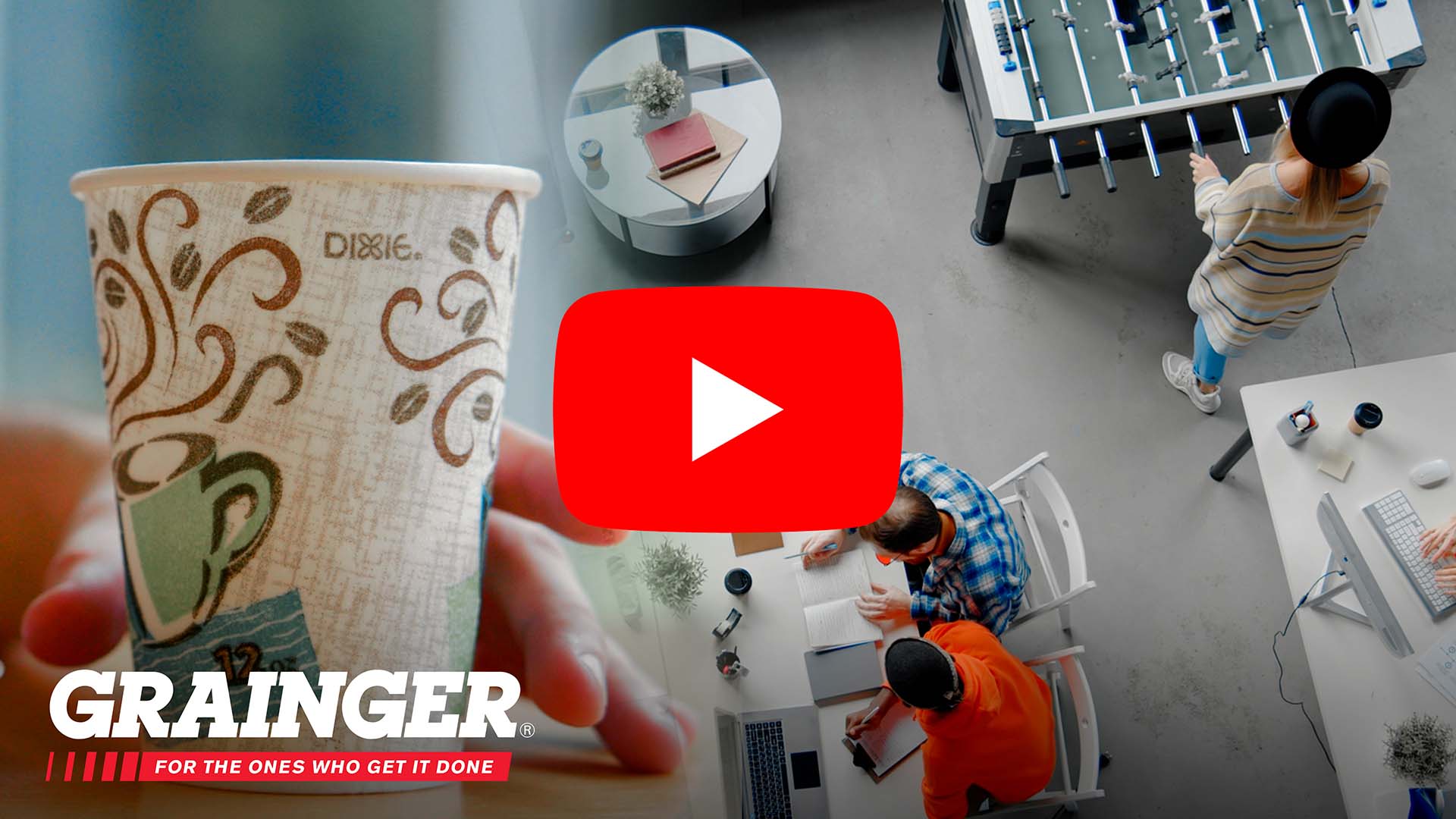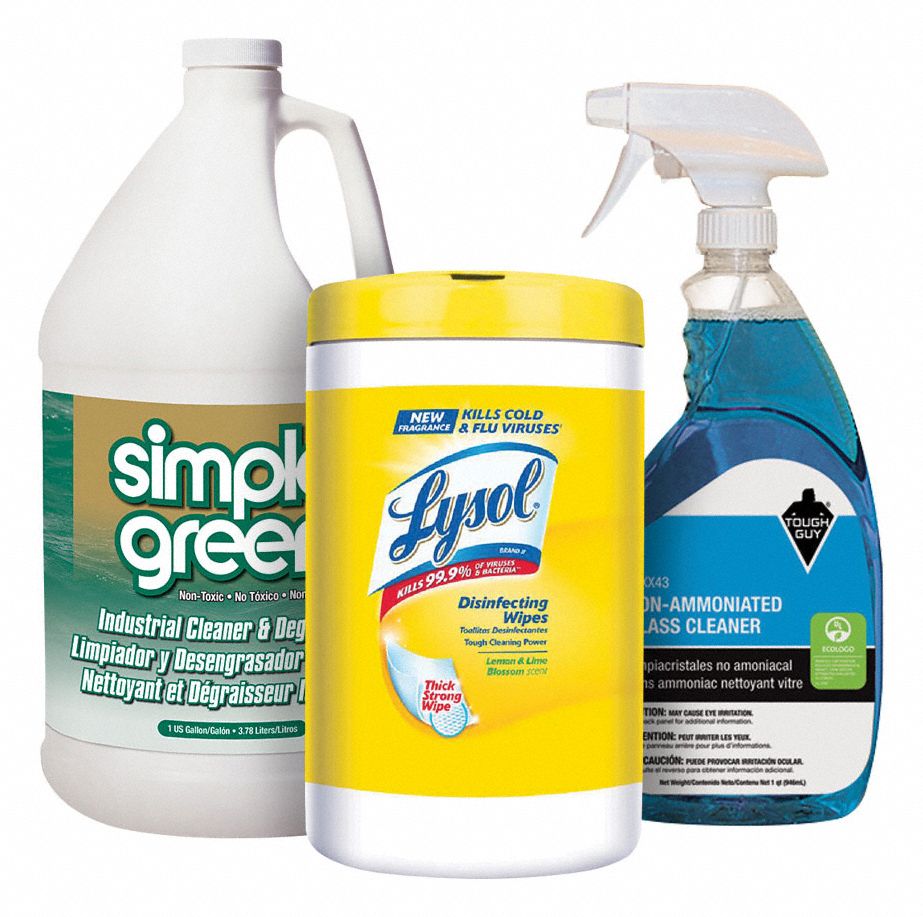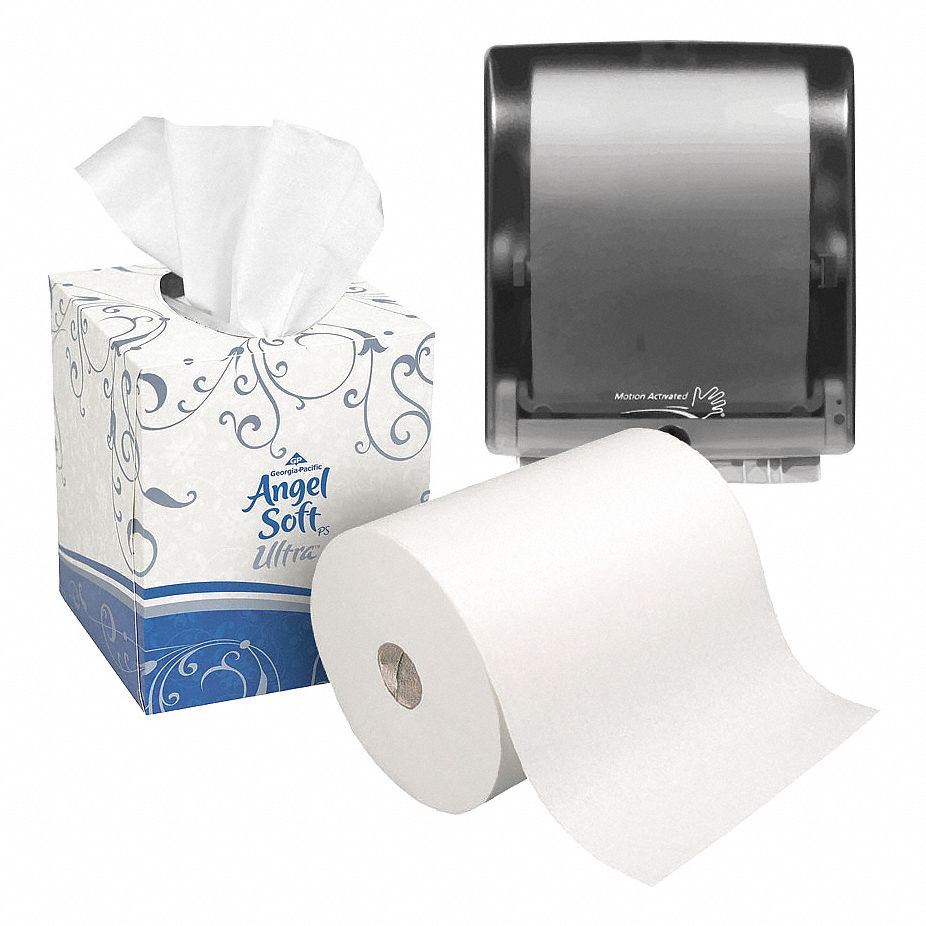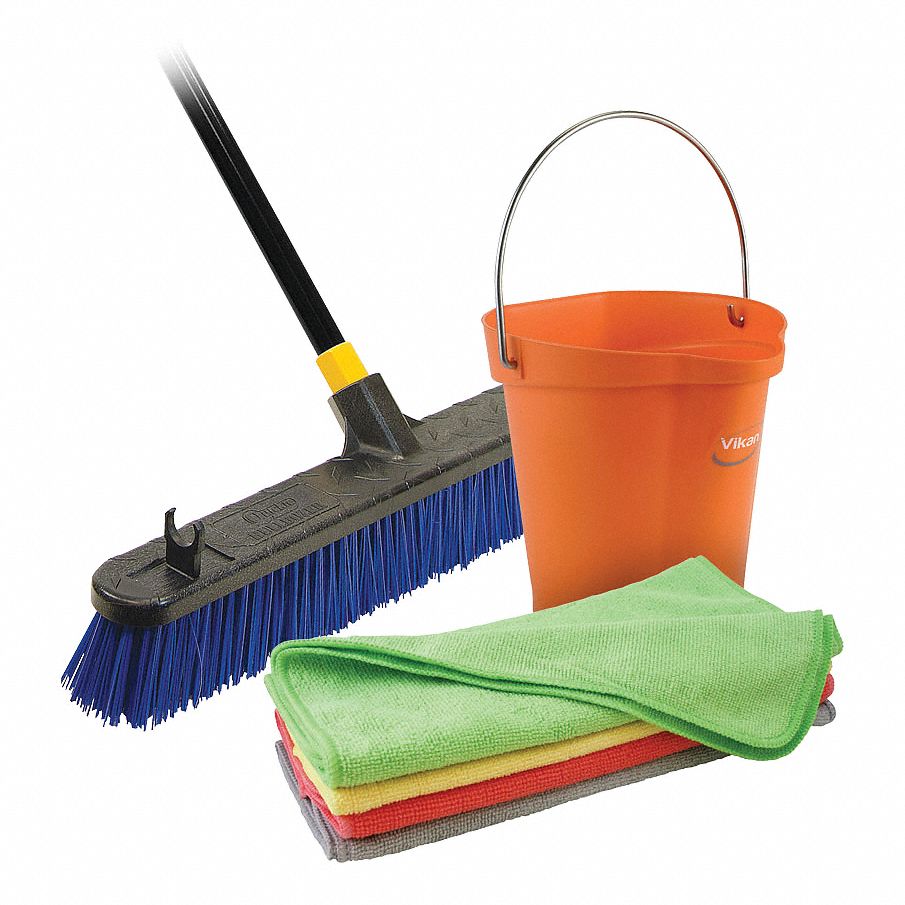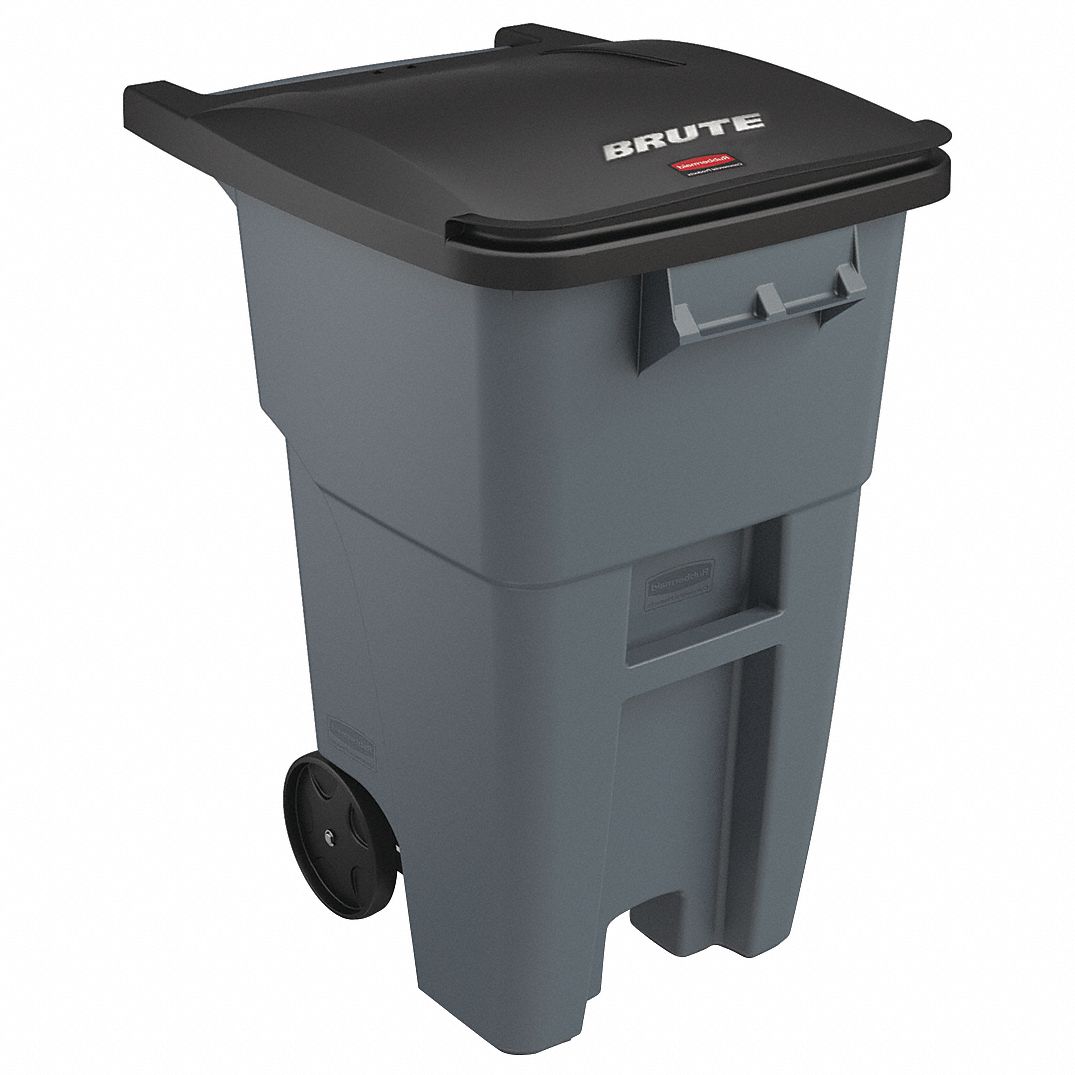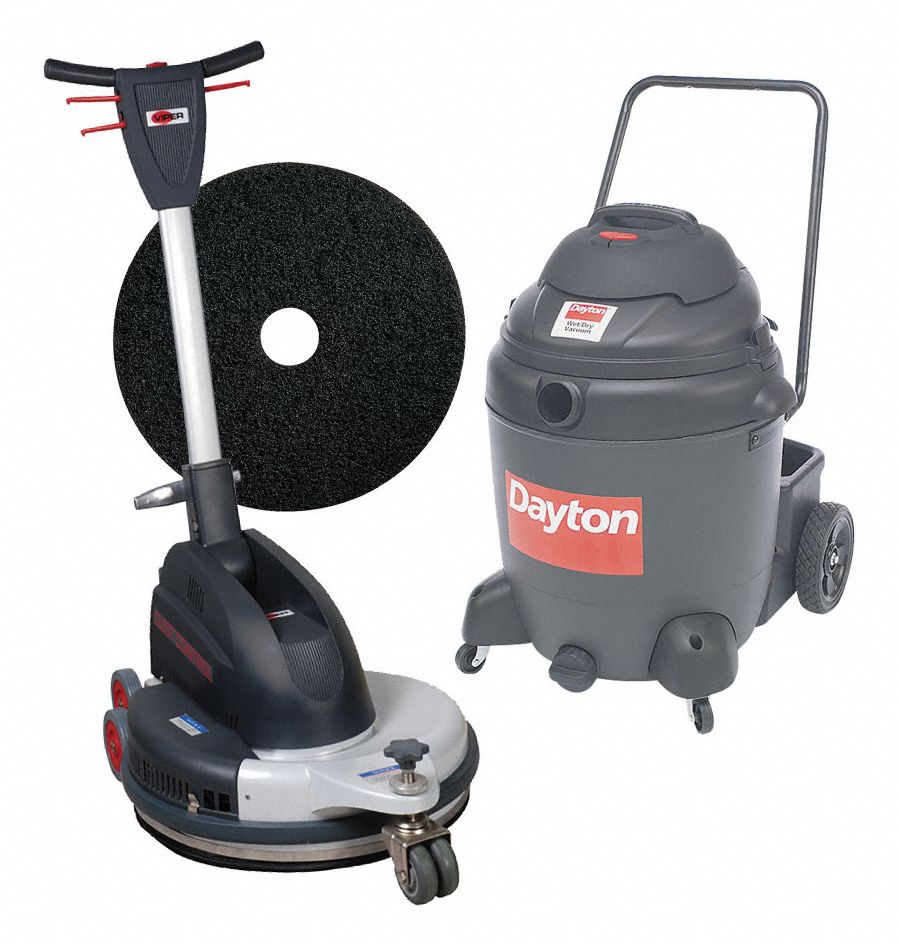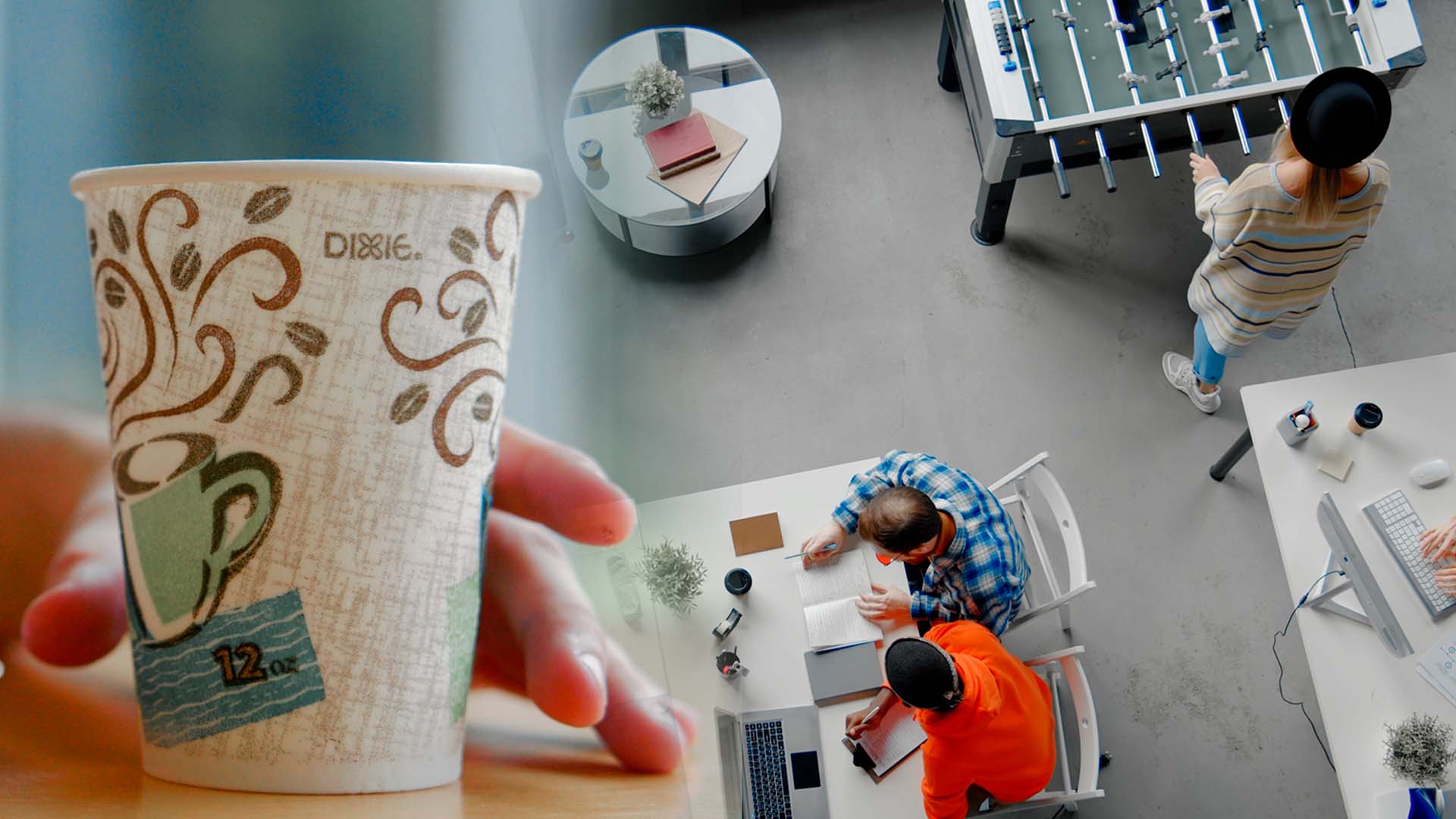

For a Better Break Room, Use Big Strategies and Meaningful Details
By Grainger Editorial Staff 9/12/23
A break room is more than just a place to grab a bite and enjoy a few minutes of hard-earned rest. A well-designed, well-stocked break room can actually help keep people happy at work. This might sound far-fetched, but there’s real evidence for it. A 2015 study originally published in the Journal of Nursing Managment found that high-quality break areas improved job satisfaction and retention for nurses while lowering job-related health concerns.
And these days, helping people feel good at work is more important than ever. The labor market is tight, with nearly two openings for every unemployed person at the end of 2022. Job hopping has become more common. Improving the break room is one way to make employees feel valued and enhance their experience.
Dan Nirenberg is vice president and general manager of Beverage and Cutlery at manufacturer GP PRO, and Julie Howard is vice president and general manager of Towel and Napkin at GP PRO. They shared some of the company’s market research and insights on break room satisfaction.
“There’s definitely room for companies to improve the experience,” said Dan. “Our research found that only 58% of employees are satisfied with their break room.”
And the benefits are real. "We found that people who are satisfied with their break rooms are much more likely to say that their company cares about employees and that they like coming to work," said Dan.
The Big Strategies
If you’re building a break room from scratch as part of a larger project, you’ll have many design strategies to consider.
Flexible layouts have become popular in offices as a more efficient way to use space and encourage collaboration, especially if employees are working hybrid schedules. And flexibility can be great for the break room, too. In areas with a large footprint, reconfigurable break room furniture can allow some to socialize and others to find some quiet time. Nooks, booths and other ways of subdividing the space can also allow for personal space while maintaining interconnectedness.
Another way to give a break room a high-quality feel is to follow trends from high-end commercial and residential design. In this area, minimalism still reigns, with clean lines, neutral colors and smooth finishes that create a serene and uncluttered space for occupants to enjoy. Biophilic design is another trend that has proliferated in recent years. The idea is to create interior spaces that let people stay connected to the natural world, even at work. Think plants, plants and more plants, abundant sunlight, windows that allow in the right amount of outdoor air, natural materials like unfinished stone and reclaimed wood, and even water features.
The Small, Meaningful Details
As inspiring as it can be to consider big design ideas, living in the real world means that you rarely have the luxury of building a new break area from scratch. Usually, you’re working within a limited range of choices and with a limited budget to boot. To improve an existing break room, you'll need to make every operational choice count, making sure that even the most mundane decision yields the most employee-pleasing result.
Case in point: think of the dishes, mugs and utensils. Do you provide reusable or disposable items? It might not seem like a very impactful decision, but there's a simple opportunity here to improve the break room experience. GP PRO’s research found that about two-thirds of people prefer to use disposable cutlery and cups in the break room.
Hygiene is a big part of the reason why. “Having reusable flatware in the break room raises a lot of questions for employees,” said Dan. "People wonder who cleaned it, and how well? Who touched it after it was cleaned? It’s not like being at a restaurant where you can count on a commercial dishwasher and trained staff behind the scenes.”
For many people, vigilance around this kind of hygiene has become even more important in recent years. We’ve become more aware of how being careful can help prevent the spread of illness, and a study from independent research firm Ipsos found that 62% of people consider their health more important in a post-pandemic world.
The workplace break room is notorious as a hygiene trouble spot. Studies have found that break rooms are home to some of the most contaminated surfaces in the workplace. Disposable dishware and cutlery can give some peace of mind to those who value their health more now than they did before COVID-19.
And when hygiene is a priority, there’s more to think about than just disposable versus reusable. “Even with disposable cutlery, we found there was concern about who was touching it,” said Dan. “That’s why we developed a dispenser that ensures the ‘business end’ of the fork, knife or spoon has never been handled before you grab it from the machine.” Touchless cutlery dispensers can support the positive hygiene implications of single-use cutlery and dishware.
But what about durability and practicality? Some of today’s disposable dishware provides the same benefits as traditional plates and bowls, such as being microwave-safe, cut-resistant and strong, with the added benefit of improving hygiene. Similarly, disposable cutlery is also strong and durable enough to replace traditional cutlery in most instances.
Beyond disposables, automated touchless paper towel and soap dispensers help ensure employees can properly wash and dry their hands before and after preparing or eating food while also reducing the risk of cross-contamination by keeping paper towel and soap hygienically enclosed.
A Balancing Act
Of course, employee preferences are only one thing to consider. It’s true that keeping employees happy is increasingly desirable, but that doesn't mean you can ignore other operational goals. It's a balancing act.
Sustainability goals, for example, have become important for many companies. They can contribute to the achievement of a positive corporate purpose, setting companies up for long-term flourishing with a mindset that encourages making profits without making problems for people or the planet.
In the example of disposable versus reusable cutlery and dishware, it might look like there would be a tradeoff between what employees want on the one hand and what drives sustainability on the other. But in fact, there’s no need to trade. You can use disposable products in a way that supports sustainability.
How? First, remember that using products made from recycled material helps drive sustainability. That's because recycling programs depend on having end users for products made with recycled material.
“By choosing products with recycled content, you’re helping feed the circular economy that makes recycling effective in our communities,” said Julie Howard. “The break room in an office building or industrial facility is a perfect place to use the recycled products that keep these programs running.”
And the range of products made with higher and higher percentages of recycled material is expanding as manufacturing techniques continue to improve. For example, there’s now a hot cup made from 100% recycled material.
Portion control is another important sustainability consideration. The right dispensing system can help people take only the amount of product that they need, limiting waste significantly. For example, according to GP PRO’s research, 40% of napkins are wasted, but an interfold napkin dispenser helps reduce waste by 29%. The research also shows that a one-at-a-time cutlery dispenser reduces usage by almost one quarter.
“It’s not about taking things away from people,” said Julie. “It’s giving people exactly what they need, instead of an open tub of cutlery where you might end up with three utensils when you only want one, or a napkin dispenser where you might grab a whole stack without thinking about it."
Bringing It Together
As you make plans to improve break room design and operations, take inspiration from big strategies, but don't forget to focus on those small but meaningful details. And never lose sight of the ultimate goals. These things can really make a difference.
“I can tell you from my own experience at work,” said Dan. “A break room that's clean, that's modern, that has technology in it, really brings people together. It makes people feel safe. It makes people feel welcome. It fosters better breaks, better communication with employees, and at the end of the day, that adds value for an organization.”
The information contained in this article is intended for general information purposes only and is based on information available as of the initial date of publication. No representation is made that the information or references are complete or remain current. This article is not a substitute for review of current applicable government regulations, industry standards, or other standards specific to your business and/or activities and should not be construed as legal advice or opinion. Readers with specific questions should refer to the applicable standards or consult with an attorney.

